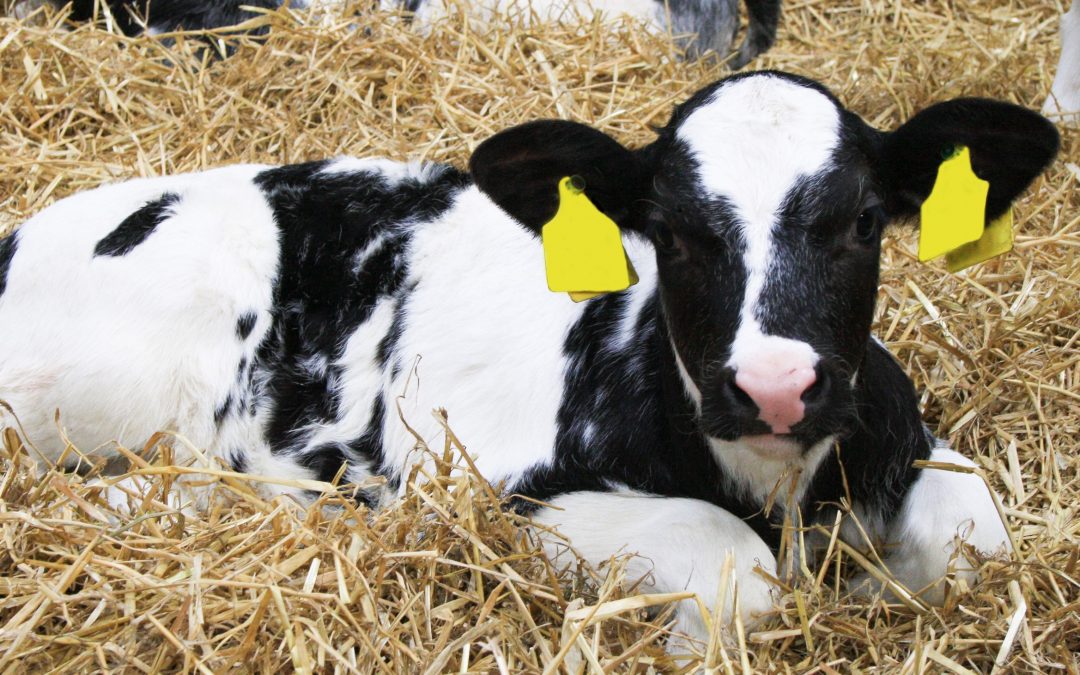Successful calf rearing requires an understanding of the basic principles, as well as experience and good observation skills.
Although we are increasingly recognising the health benefits of feeding adequate amounts of colostrum to the newborn calf in a timely manner, the benefits of maximising feed intake and growth rates from day two to weaning are far less documented.
One farmer who has witnessed the benefits of optimising calf nutrition and management throughout the pre-weaning period is Larry McGrath, located in Whitestown, Baltinglass, Co. Wicklow. Alongside his parents and brother Sean, they are milking a 250 autumn and spring calving herd, as well as rearing their own replacement heifers and finishing their bull calves.
According to Larry, “Colostrum feeding is a very important factor for us. When calves are born, it is all about providing the colostrum as soon as possible, as much as possible and as often as possible.”
Good housing management and environmental conditions are critical in order to reduce unnecessary stress.
“Calves are housed in a well-ventilated calf shed with a canopy at the back to ensure there is plenty of airflow and no draughts. Calves also have access to a dry deep straw bed, fresh clean water, and a fresh calf starter ration.”
Calves are bedded twice a day, and feeding equipment is cleaned daily to avoid cross contamination of unwanted bacteria.
Switching from whole milk to milk replacer
One key element of the McGrath’s calf rearing programme is their milk replacer choice, having made the switch from whole milk four years ago.
“Calf health was the number one reason why we moved from feeding whole milk. We were experiencing a lot of calf scour, especially in the spring calves, and as a result, production and profitability were taking a hit. We knew that if we wanted to achieve earlier weaning and lower calf rearing costs, something would have to change.”
The McGrath’s began feeding the Vitalac Calf Milk Replacer Range four years ago and have reaped the benefits ever since. Take a look at their on farm results here:
Choosing a calf milk replacer
According to Agritech Sales Director, John Kenny, when buying a milk replacer there are a number of key criteria to look for.
“Like any animal feed, the source of the raw materials is just as important as the percentage level of the ingredients. Look out for high levels of dairy content, protein, high digestibility fats and a declared level of immunoglobins.
“The milk replacer you choose will depend on your individual system. Choose a milk replacer tailored to your requirements whether that is bucket or automatic feeding, twice-a-day or once-a-day feeding, high or standard calf performance,” states John.
Agritech’s Vitalac Calf Milk Replacer Range from Nukamel offers a well-balanced level of highly digestible fat and protein via carefully selected high quality ingredients; many of which are sourced directly from Irish farms.
These quality ingredients are further enhanced through the use of advanced techniques such as Spray Cooling Technology, meaning the ingredients do not suffer any denaturing during the manufacturing process. This faster availability and uptake of fats and oils have shown to improve rumen development and concentrate feed intakes, thereby increasing average daily live-weight gain.
“Within the Vitalac Calf Milk Replacer Range, we have Vitalac Blue and Vitalac Red. Vitalac Red is a twice-a-day milk replacer and has excellent digestibility as it contains 90% coconut fat. Vitalac Blue is suitable for once-a-day and twice-a-day feeding and is ideal for rearing replacement heifers due to its high dairy, protein and skim content,” concludes John.
Through on farm nutritional support, Agritech are available to support farmers throughout the calving season. To find out more about the Agritech Vitalac Calf Milk Replacer Range, contact your local Agritech distributor or click here.


